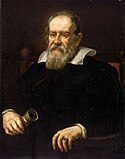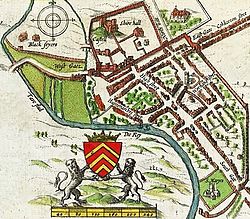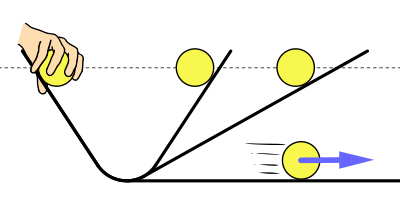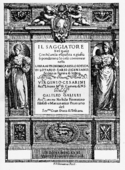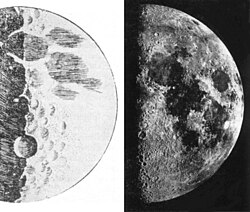Galileo.script.arp.600pix
The University of Michigan says the following about its history:
"In 1609 [Galileo] received a description of a telescope which had been developed the year before in the Dutch town of Middelburg by an optician, one Jan Lippershey. Applying his knowledge of optical science, Galileo built such a glass or telescope for himself, and in the draft letter shown above offers his new "occhiale" to the Doge of Venice for use in warfare. The final letter, revised from this draft, was sent on August 24, 1609. It is in the State Archives in Venice.
The lower part of this sheet shows the use to which Galileo put this optical device: as he viewed the skies on successive evenings in January, 1610, he noted his first observations of the planet Jupiter and four of Jupiter's moons."
This item is cataloged in the collections as:
- Galileo Galilei (1564-1642).
- Draft of a letter to Leonardo Donato, Doge of Venice.
- Circa August, 1609. Gift of Tracy W. McGregor, 1938.
According to Scientific American, when it was donated it was known to be a draft of the letter in the Venice State Archives, but the significance and meaning of the material on the lower half was unrecognized. Only in the late 1970s was it determined that these "doodles" in fact depict the positions of the Galilean moons on the nights in early January when Galileo first observed them, thus proving that this document contains the original notes he took on the nights he made his observations. (See Scientific American article, Date late 70s or early 80s.)
The University of Michigan translates the upper half thus:
"Most Serene Prince.
Galileo Galilei most humbly prostrates himself before Your Highness, watching carefully, and with all spirit of willingness, not only to satisfy what concerns the reading of mathematics in the study of Padua, but to write of having decided to present to Your Highness a telescope that will be a great help in maritime and land enterprises. I assure you I shall keep this new invention a great secret and show it only to Your Highness. The telescope was made for the most accurate study of distances. This telescope has the advantage of discovering the ships of the enemy two hours before they can be seen with the natural vision and to distinguish the number and quality of the ships and to judge their strength and be ready to chase them, to fight them, or to flee from them; or, in the open country to see all details and to distinguish every movement and preparation."
References
- ↑ The Galileo Manuscript. University of Michigan Library.
Relevante Bilder
Relevante Artikel
Galileo GalileiGalileo Galilei war ein italienischer Universalgelehrter, Physiker, Astrophysiker, Mathematiker, Ingenieur, Astronom, Philosoph und Kosmologe. Viele seiner Entdeckungen – vor allem in der Mechanik und der Astronomie – gelten als bahnbrechend. Er entwickelte die Methode, die Natur durch die Kombination von Experimenten, Messungen und mathematischen Analysen zu erforschen, und wurde damit einer der wichtigsten Begründer der neuzeitlichen exakten Naturwissenschaften. Berühmt wurde er auch dadurch, dass die katholische Kirche ihn verurteilte, weil einige seiner Theorien ihrer damaligen Auslegung der Bibel widersprachen; 1992 rehabilitierte sie ihn. .. weiterlesen
BeobachtungsbuchBeobachtungsbücher dienen der Aufzeichnung von naturwissenschaftlichen Messungen und Beobachtungen. Im Gegensatz zu kleineren Notizen werden sie regelmäßig und meist systematisch benützt und verhindern das Verlorengehen wichtiger Daten. .. weiterlesen












